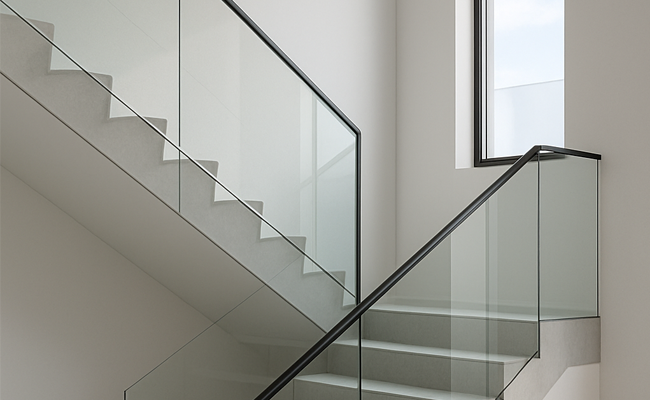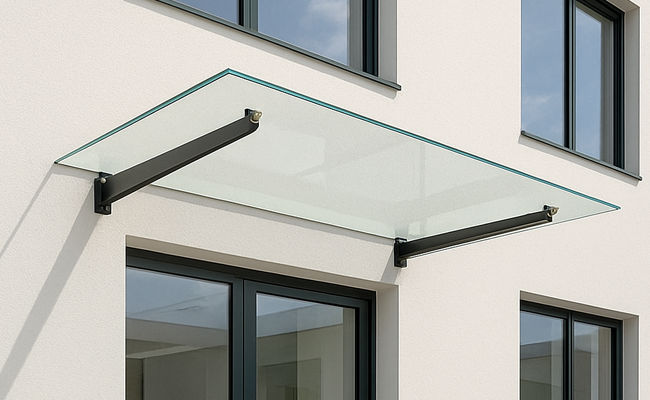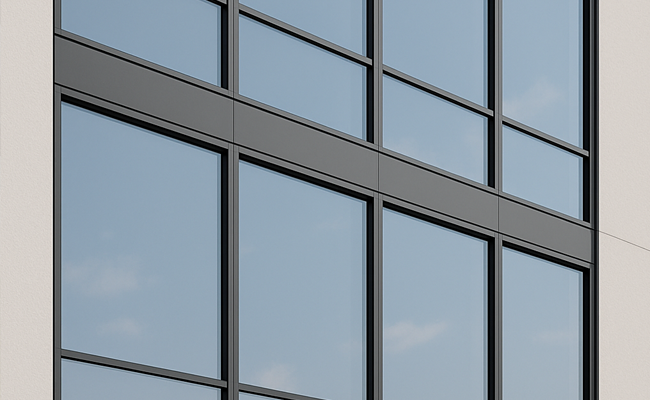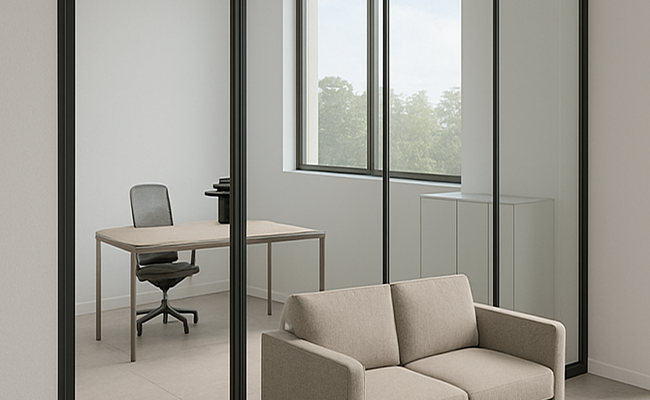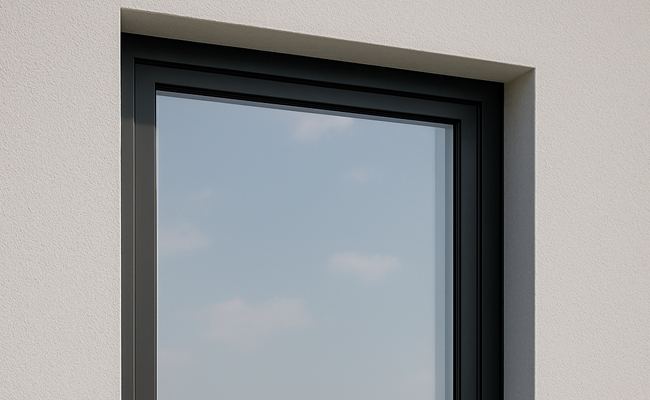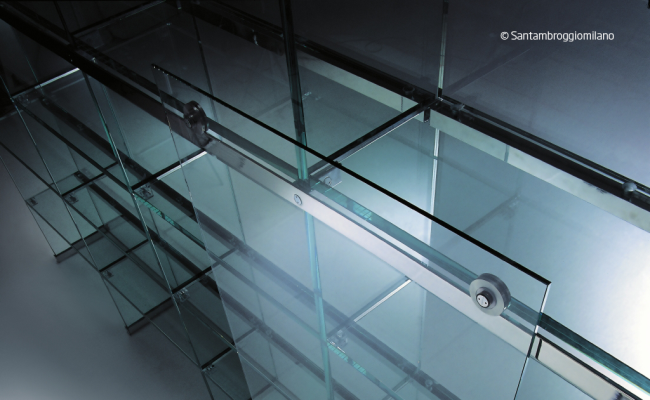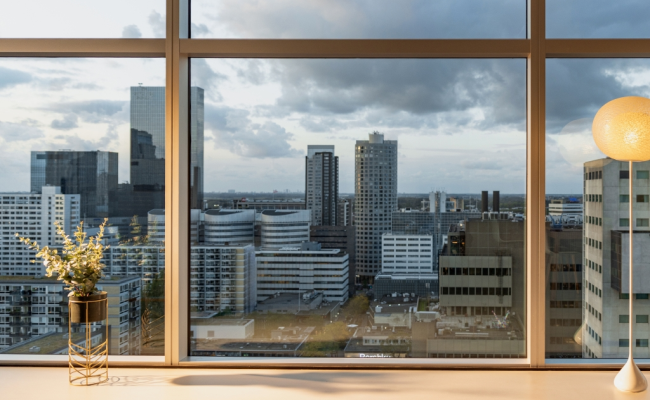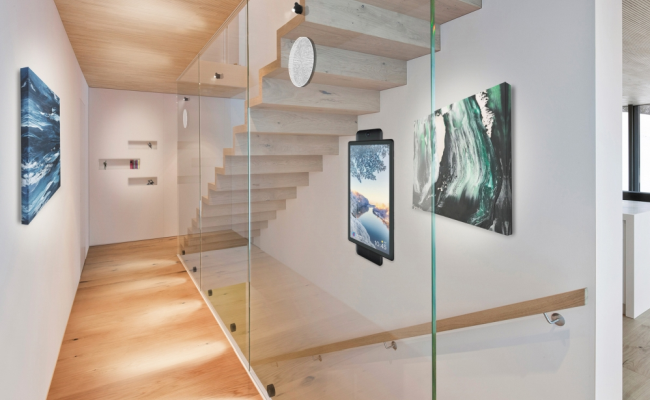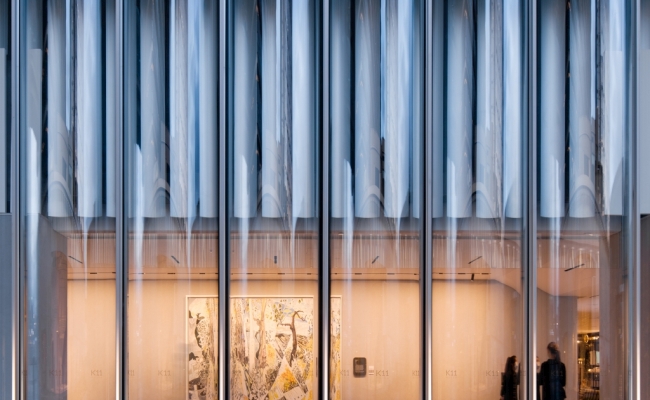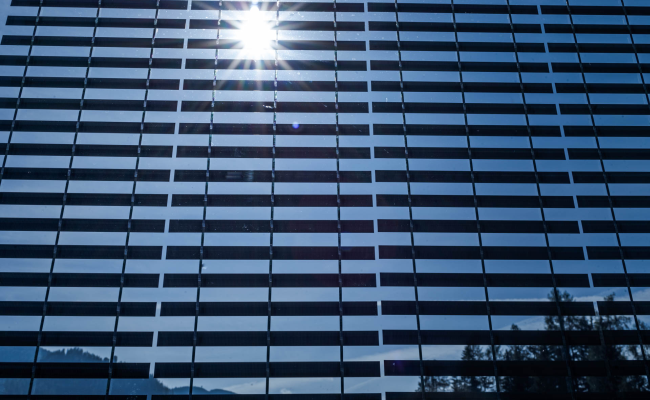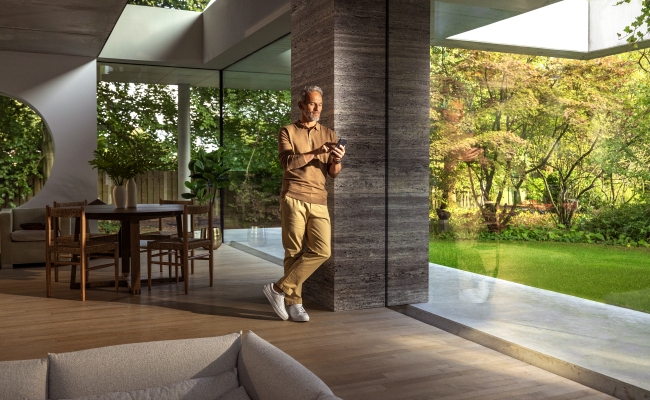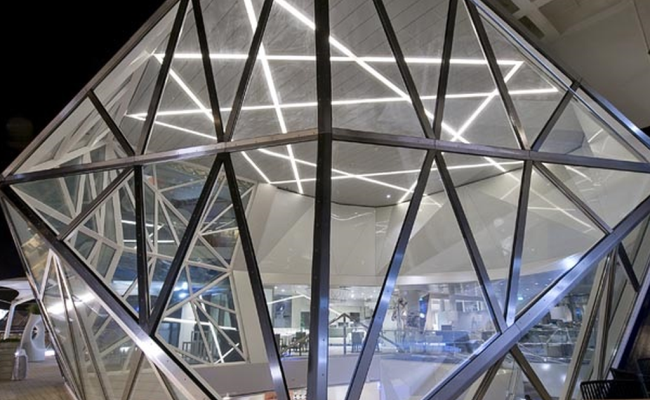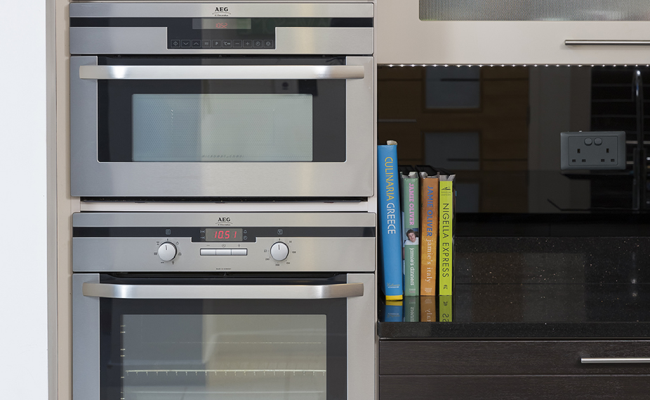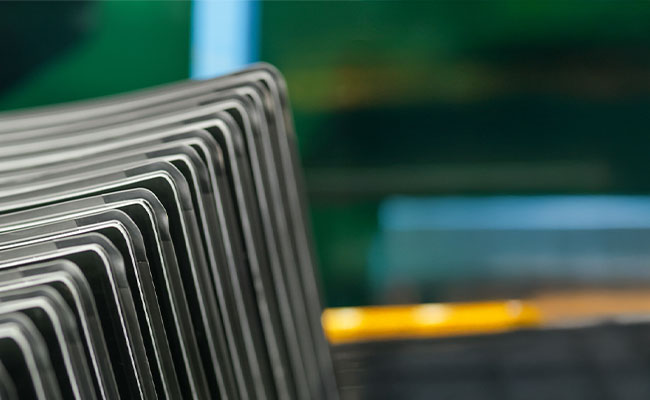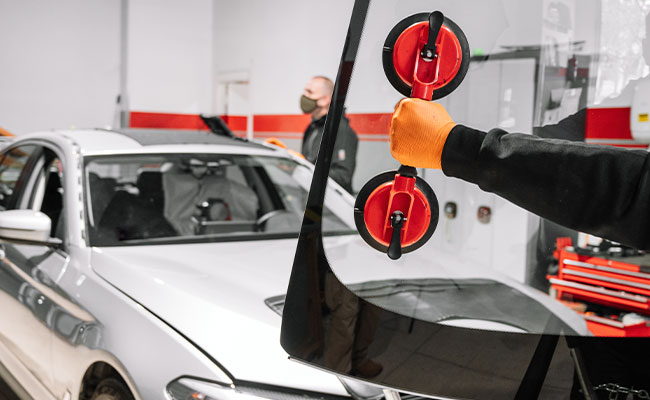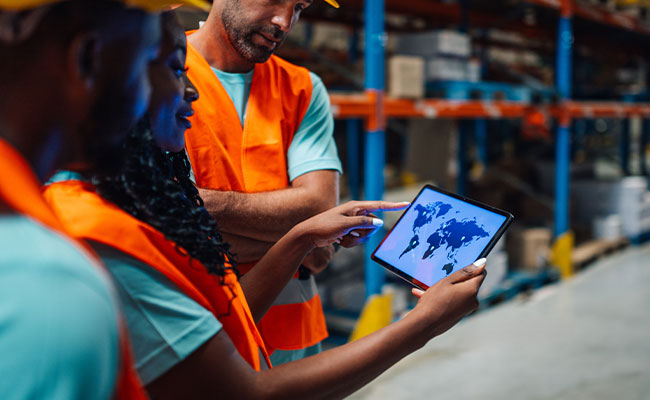Low Carbon Glass
Building a Sustainable Future
As the architecture and construction industries strive toward net-zero goals, sustainable materials play a critical role in helping to reduce environmental impact. Low carbon glass is at the forefront of this movement, offering high-performance solutions with significantly lower embodied carbon compared to conventional float glass.
What is Low Carbon Glass?
Low carbon glass refers to flat glass products manufactured with a reduced carbon footprint – specifically, lower greenhouse gas emissions across the product’s life cycle, from raw material extraction and production to delivery and installation.
The key difference lies in the embodied carbon, which is the total CO₂ equivalent emitted during the glass’s manufacturing and supply chain.
Low carbon glass aims to reduce this footprint without compromising on structural performance, aesthetics, or thermal efficiency.
Low carbon glass supports Green Building Certifications and contributes to BREEAM, LEED, WELL, and other sustainability ratings.
How is Low Carbon Glass made?
Reducing the carbon footprint of glass involves innovation across several stages:
- Raw materials: incorporating higher percentages of recycled glass (cullet) reduces the energy needed for melting and cuts CO₂ emissions.
- Energy efficiency: transitioning to renewable energy sources (such as solar, wind or green hydrogen) in the production process helps eliminate fossil fuel use.
- Optimised furnace design: modern furnaces are more efficient, using advanced combustion technologies and heat recovery systems.
- Process improvements: digital monitoring and process optimisation help reduce waste and improve yield during production.
Pilkington Mirai™
Low Carbon Glass
Pilkington Mirai™ is our low carbon float glass, launched in October 2023, offering 52% less embodied carbon compared to our standard 4 mm float glass baseline (Pilkington Optifloat™ Clear) and is the lowest embodied carbon flat glass on the façade market today.
Our approach to decarbonisation involves multiple innovations:
- Alternative fuels: Investing Research & Development into hydrogen combustion and other low carbon fuels to replace fossil fuels.
- Higher recycled glass content: Adapting processes to increase recycled glass (cullet) and preserve virgin raw materials.
- Renewable energy: Powering production with more sustainable energy sources.
- Operational efficiency: Leveraging modern furnace design, heat recovery, and streamlined processes.
- Carbon capture R&D: Beginning Europe’s first carbon capture pilot at Greengate facility in St Helens, UK.
Pilkington Mirai™
Low Carbon Glass
Pilkington Mirai™ redefines low carbon architectural glass; halving embodied CO₂ while maintaining all the performance that designer’s demand.
NSG Group achieved this through bold advances in fuel use, recycling, renewable energy, and process efficiencies – underpinned by SBTi targets and verified Environmental Product Declarations (EPDs).
For architecture aiming for net-zero embodied carbon, Pilkington Mirai™ offers a future-forward and viable solution.
Products in the Low Carbon Glass Range
Low Carbon Glass Downloads
Pilkington Spectrum is a Windows-based glass performance model which enables you to quickly and efficiently calculate key properties of a wide range of single glazing and insulating glass units. Also available as an app for mobile devices, you can use Pilkington Spectrum to provide the following information:
- Light and solar properties (transmittance, reflectance, absorptance, g value, etc.).
- Centre pane Ug-value.
- Sound insulation values.
- Global Warming Potential (GWP), or carbon footprint.
- Ultra violet (uv) transmittance and colour rendering index (Ra).
- Other properties (e.g. pendulum body impact resistance, fire resistance, resistance to manual attack, etc.).
